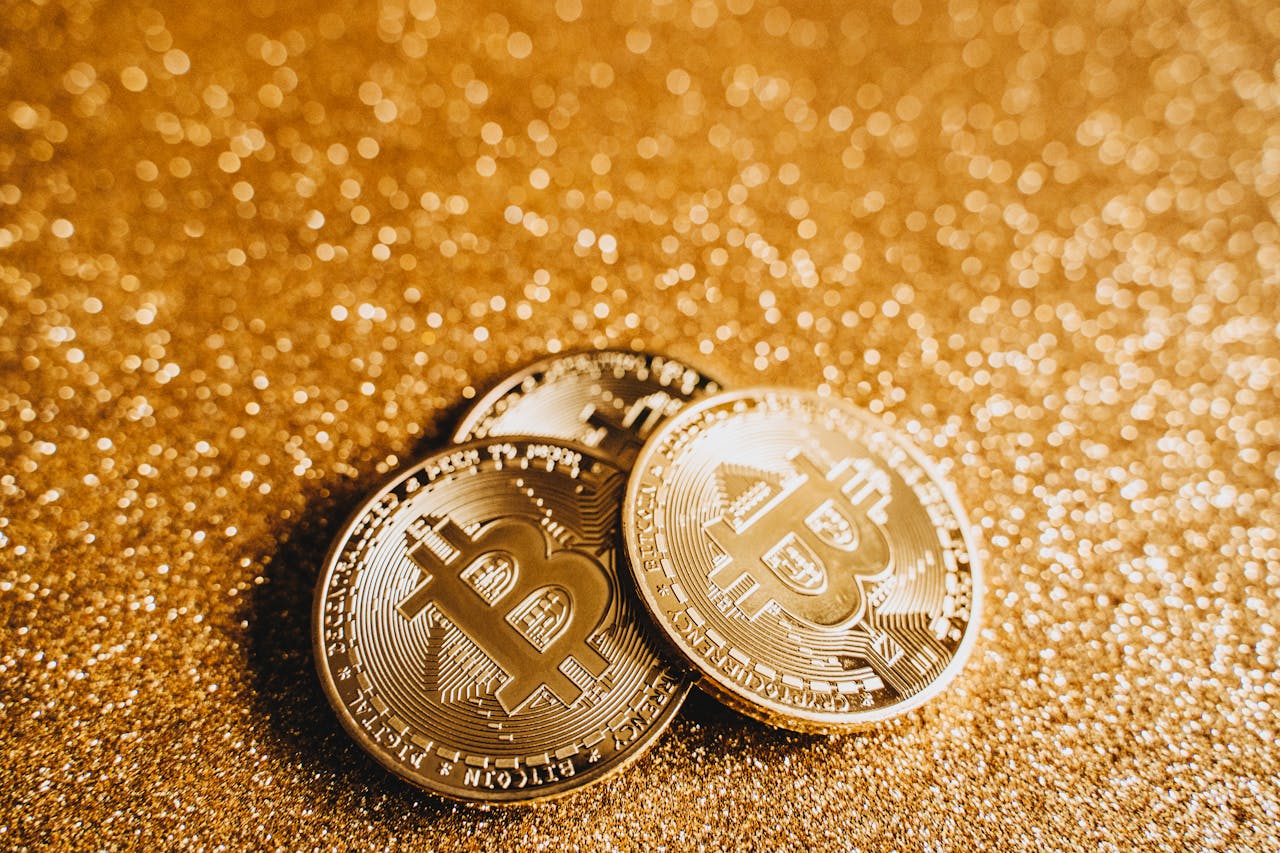#Bitcoin #HowToBuyBitcoin #Cryptocurrency #CryptoGuide #Blockchain #CryptoInvesting #BitcoinWallet #BuyCrypto #DigitalAssets #CryptoSecurity
Bitcoin, the world’s first and most well-known cryptocurrency, has become a popular choice for both seasoned investors and beginners. Whether you’re looking to hold Bitcoin as a long-term investment or use it for transactions, getting started is simpler than you might think. Here’s a comprehensive guide to help you buy Bitcoin safely and efficiently.
1. Choose the Right Bitcoin Wallet
Before purchasing Bitcoin, you need a secure place to store it. This is where wallets come in. There are two main types of wallets:
- Hot Wallets (Online/Software Wallets): These wallets are connected to the internet, making them more convenient but slightly less secure than offline options. Some popular hot wallets include:
- Coinbase Wallet: A user-friendly option for beginners, linked to the Coinbase exchange.
- Exodus: A versatile wallet that supports multiple cryptocurrencies.
- Mycelium: Known for advanced privacy features.
- Cold Wallets (Hardware/Offline Wallets): These wallets are offline, making them the most secure choice for storing large amounts of Bitcoin. They are immune to hacking, but you must take care not to lose the physical device.
- Ledger Nano X: One of the most trusted hardware wallets.
- Trezor: Another highly secure option for long-term storage.
2. Choose a Cryptocurrency Exchange
Once you have a wallet, the next step is selecting a cryptocurrency exchange where you can purchase Bitcoin. There are several options, each with its pros and cons:
- Coinbase: Ideal for beginners due to its ease of use. It offers a straightforward interface but charges higher fees compared to other exchanges.
- Binance: Known for low fees and a wide range of available cryptocurrencies. Binance is suitable for those who want to trade actively or invest in altcoins.
- Kraken: Renowned for its strong security features and support for multiple fiat currencies. Kraken is great for users who prioritize safety.
- Gemini: A regulated U.S.-based exchange offering a secure platform for buying and selling Bitcoin.
While choosing an exchange, consider factors like ease of use, fees, security, and whether the exchange operates in your country.
3. Create an Account and Complete Verification
After selecting an exchange, you’ll need to create an account by providing your email address, setting a password, and completing Know Your Customer (KYC) verification. Most exchanges require this for security and compliance with regulations.
- KYC Process: This often involves uploading a government-issued ID (like a passport or driver’s license), proof of address (like a utility bill or bank statement), and in some cases, taking a selfie to verify your identity.
- Two-Factor Authentication (2FA): Enable 2FA to add an extra layer of security to your account. This typically requires a code from your phone when logging in or completing transactions.
4. Deposit Funds into Your Exchange Account
To buy Bitcoin, you’ll need to fund your account with fiat currency (like USD, EUR, or GBP). Exchanges usually support several payment methods:
- Bank transfer: Often the most cost-effective option, though it may take a few days to process.
- Credit/Debit card: Faster but usually incurs higher fees.
- Wire transfer: Ideal for large transactions, but you should check processing times and fees.
Each exchange will have different minimum deposit amounts and fee structures, so it’s important to review those before proceeding.
5. Buy Bitcoin
Once your account is funded, it’s time to buy Bitcoin. On most exchanges, this process is simple:
- Navigate to the Buy/Sell section.
- Select Bitcoin (BTC) as the cryptocurrency you want to purchase.
- Enter the amount of fiat currency (e.g., $500) or Bitcoin (e.g., 0.01 BTC) you wish to buy.
- Review the transaction details, including any fees, and confirm your purchase.
You can also place limit orders if you want to buy Bitcoin only when it reaches a specific price, which gives you more control over the trade.
6. Transfer Bitcoin to Your Personal Wallet (Optional but Recommended)
While exchanges offer wallets to store your Bitcoin, it’s generally safer to transfer your Bitcoin to your own wallet, especially if you plan to hold it long-term. Keeping your Bitcoin on an exchange can expose it to hacks or exchange shutdowns.
- To transfer Bitcoin:
- Go to your exchange’s Withdraw section.
- Enter your wallet’s public address (a long string of letters and numbers unique to your wallet).
- Double-check the address before confirming the withdrawal.
- Some exchanges may charge a small fee for withdrawals.
7. Monitor Your Bitcoin Investment
Bitcoin’s value can fluctuate significantly due to its volatile nature. You can use your exchange or wallet app to track the price, set up alerts, or use third-party services like CoinMarketCap or CryptoCompare to monitor market movements.
If you’re investing long-term, you can practice a strategy known as HODLing (Hold On for Dear Life), which involves holding Bitcoin through market highs and lows. If you’re looking for shorter-term gains, you might engage in more active trading.
8. Understand Tax Implications
Depending on your country, Bitcoin transactions may be subject to taxes. For instance, in the U.S., Bitcoin is considered property by the IRS, meaning each sale, trade, or purchase with Bitcoin is potentially a taxable event. Be sure to keep detailed records of all transactions for tax purposes and consult a tax advisor to understand your obligations.
Final Tips for Buying Bitcoin:
- Start small: If you’re new to Bitcoin, it’s a good idea to start with a small amount to get a feel for how the market works.
- Stay informed: Bitcoin’s price is influenced by various factors, including regulatory news, technological developments, and market sentiment. Keeping up with crypto news will help you make better investment decisions.
- Security first: Always prioritize security by using strong passwords, enabling two-factor authentication, and keeping your private keys safe if using a cold wallet.
By following these steps, you’ll be well on your way to owning Bitcoin and participating in the exciting world of cryptocurrencies.
With the right tools and knowledge, buying Bitcoin can be a straightforward experience, but always remember to only invest your money if you are 100% sure of what you are doing. Happy investing!

